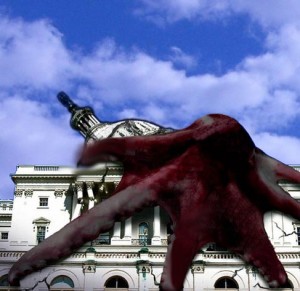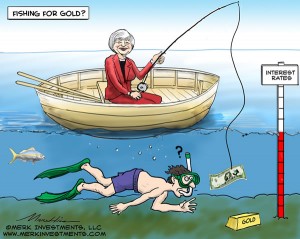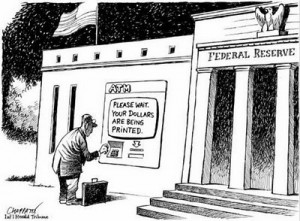The Rocky Road to Globalization
Iceland recovered from the 2008 financial crisis by taking certain measures. Is there anything to be learned from their example?
Karen Hammer writes: Iceland has rebounded after the 2008/9 crisis and will soon surpass pre-crisis output levels with strong performance in tourism and fisheries. Debt ratios are on a downward path and balance sheets have broadly been restored. The financial sector is back on track though with some important items remaining on the docket.
In an interview with IMF Survey, Peter Dohlman, IMF Mission Chief for Iceland, explained what sets Iceland apart from other countries having experienced the financial crisis.
IMF Survey: Iceland was in a state of collapse in 2008 but is now back on its feet and has become a success story. Can you give us a sense of Iceland’s economic picture today?
Dohlman: Overall, macroeconomic conditions in Iceland are now at their best since the 2008/9 crisis. Iceland has been one of the top economic performers in Europe over the past several years in terms of economic growth and has one of the lowest unemployment rates. A particular bright spot for Iceland has been the booming tourism industry, which has also contributed to a strong current account surplus.
Other indicators of Iceland’s successful trajectory are its low inflation, stable exchange rate, and ready market access. Iceland’s strong balance of payments has allowed it to repay early all of its Nordic loans and much of its IMF loans while maintaining adequate foreign exchange reserves.
There are of course some important remaining vulnerabilities and risks. Public and external debt ratios are still high, though on a downward sustainable path. The prospect of funds exiting quickly and disrupting external stability in the absence of capital controls is still a potential and important vulnerability. Downside risks emanate from significant wage pressures and an uncertain external environment, including risks of slower demand and deflationary pressures from trading partners. IMF Survey Iceland’s Recovery










